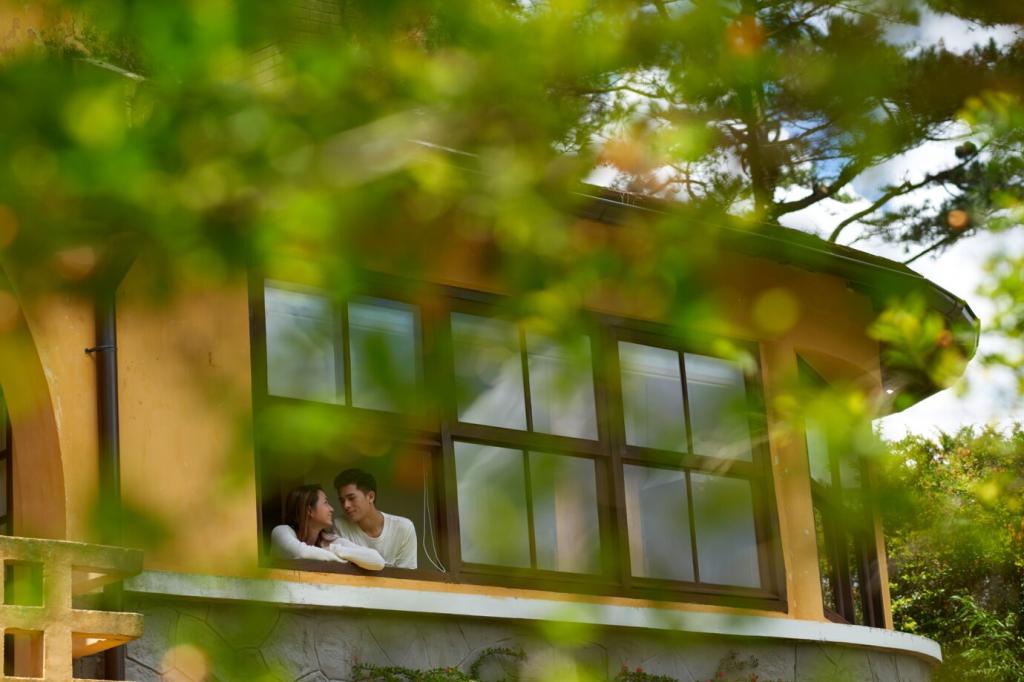Why Energy-Efficient Lighting Matters in Eco-Homes
Forget watts—lumens tell you how bright a bulb really is. A modern LED uses fewer watts to produce the same lumens as an old incandescent. That means less energy, less heat, and far lower bills, all while delivering the exact brightness your eco-home needs.
Why Energy-Efficient Lighting Matters in Eco-Homes
Quality LEDs often deliver 100–150 lumens per watt and last 15,000–50,000 hours, saving up to 80–90% versus incandescent bulbs. Many households see payback within a year. Tell us: where do you feel the biggest impact—kitchen, living room, or outdoors?






